Setting up a business is akin to laying the foundation for a skyscraper. Every decision made at the outset can significantly impact its future stability and growth. Among the crucial decisions, choosing the right legal structure stands out as paramount. However, navigating the labyrinth of business entities can be daunting. Let’s simplify the process and explore the best fit for your entrepreneurial vision.
Understanding the Landscape
Business entities come in various shapes and sizes, each with its own set of advantages and limitations. Here’s a brief overview:
Entity Types
- Sole Proprietorship: A straightforward option where the business and its owner are one entity. While it offers simplicity, it exposes the owner to unlimited liability.
- Limited Liability Company (LLC): Combining the liability protection of a corporation with the flexibility of a partnership, LLCs have emerged as a preferred choice for many small businesses.
- Limited Liability Partnership (LLP): Ideal for professional service firms, LLPs provide liability protection while allowing partners to manage the business collaboratively.
- C Corporation: Offering a separate legal entity from its owners, C corporations provide liability protection but can be subject to double taxation.
- S Corporation: A variation of the C corporation, S corporations enjoy pass-through taxation while limiting liability, albeit with certain restrictions.
Navigating the Terrain
Factors: Liability, Tax, Flexibility, & Scalability
When selecting the appropriate legal structure for your business, it’s crucial to consider various factors:

- Liability: How much personal risk are you willing to shoulder? Choosing a structure that shields personal assets from business liabilities is essential for safeguarding your financial well-being.
- Tax Implications: Each entity type comes with its own tax implications. Understanding the tax treatment of your chosen structure can help optimize your financial strategy.
- Operational Flexibility: Consider the administrative requirements and operational flexibility offered by different structures. Will you need to comply with stringent regulations, or do you prefer a more streamlined approach?
- Scalability: As your business grows, will your chosen structure accommodate expansion and diversification? Anticipating future needs can prevent the need for restructuring down the line.
Charting Your Course
Comparing Entity Structure
Ultimately, there’s no one-size-fits-all solution when it comes to business formation. It’s essential to align your choice of entity with your long-term goals, risk tolerance, and operational requirements. Consulting with legal and financial professionals can provide invaluable guidance tailored to your unique circumstances.
Business entities come in various shapes and sizes, each with its own set of advantages and limitations. Here’s a brief overview:
| Entity Structure | Liability | Tax Implications | Operational Flexibility | Scalability |
|---|---|---|---|---|
| Sole Proprietorship | Unlimited | Personal Tax Rate | High | Limited |
| Limited Liability Company (LLC) | Limited | Pass-Through or Corporate Tax | High | Moderate to High |
| Limited Liability Partnership (LLP) | Limited | Pass-Through Tax | High | Moderate to High |
| C Corporation | Limited (Corporate) | Corporate Tax | Moderate | High |
| S Corporation | Limited | Pass-Through Tax | Moderate | Moderate |
Liability
- Unlimited (Sole Proprietorship): Sole proprietorships have unlimited liability, meaning the owner is personally liable for all business debts and obligations.
- Limited (LLC): LLCs offer high liability protection, shielding members’ personal assets from business debts and liabilities.
- Limited (LLP): Similarly to LLCs, LLPs provide high liability protection, limiting partners’ personal liability to their investments in the partnership.
- Limited (C Corporation): C Corporations offer limited liability protection, as shareholders’ personal assets are typically protected from business debts and liabilities.
- Limited (S Corporation): S Corporations provide limited liability protection, with shareholders’ personal assets typically shielded from business debts and liabilities.
Tax Implications
- Moderate to High (LLC): The tax implications of an LLC can vary from moderate to high depending on factors such as the chosen tax treatment and individual circumstances of the owners.
- Moderate to High (LLP): Similar to LLCs, LLPs may have moderate to high tax implications based on various factors, including the distribution of profits among partners.
- Moderate to High (S Corporation): S Corporations may have moderate to high tax implications due to pass-through taxation and specific eligibility requirements.
Operational Flexibility
- High (Sole Proprietorship): Sole proprietorships provide high operational flexibility as the owner has full control over business decisions and operations without the need for formalities.
- High (LLC): LLCs offer high operational flexibility due to their adaptable management structures, allowing members to choose between member-managed or manager-managed setups.
- High (LLP): LLPs also provide high operational flexibility, enabling partners to define their roles and responsibilities according to partnership agreements.
- Moderate (C Corporation): C Corporations offer moderate operational flexibility due to the hierarchical structure and formalities required by law, such as shareholder meetings and board of directors’ oversight.
- Moderate (S Corporation): Similarly to C Corporations, S Corporations provide moderate operational flexibility, as they must adhere to corporate formalities and regulations to maintain their status, such as limited ownership and shareholder restrictions.
Scalability
- Limited (Sole Proprietorship): Sole proprietorships have limited scalability as the business is tied directly to the owner. Growth may be constrained by the owner’s resources, ability to take on additional responsibilities, and access to capital.
- Moderate to High (LLC): LLCs offer scalability ranging from moderate to high. While they can raise capital by bringing in new members or investors, they may face restrictions on ownership and investment opportunities, which could impact their ability to attract investors and expand rapidly compared to corporations.
- Moderate to High (LLP): LLPs offer scalability ranging from moderate to high. They allow for growth through the addition of partners or expansion of services, but may face limitations compared to corporations, depending on factors such as state laws and partnership agreements.
- High (C Corporation): C Corporations provide high scalability by issuing multiple classes of stock and attracting external investors to fund expansion and growth initiatives.
- Moderate (S Corporation): S Corporations offer moderate scalability, as they are subject to restrictions on ownership and the number and type of shareholders. While they can raise capital through stock sales, these restrictions may limit their ability to attract investors and expand rapidly compared to C Corporations.
Moving Forward
Embarking on the journey of business formation is a significant milestone. Whether you’re a budding entrepreneur or an established business owner, making informed decisions from the outset can set the stage for success. As you navigate the intricacies of legal structures, remember that each choice represents an opportunity to unlock your business’s full potential.
At VishkoLaw, we’re committed to guiding you through every step of the process. With our expertise and personalized approach, we’ll help you chart a course that aligns with your vision and aspirations. Get in touch today to embark on this transformative journey together.

